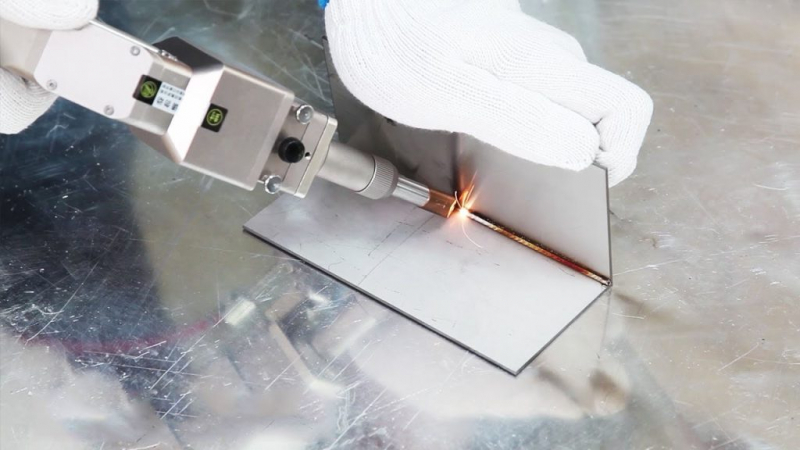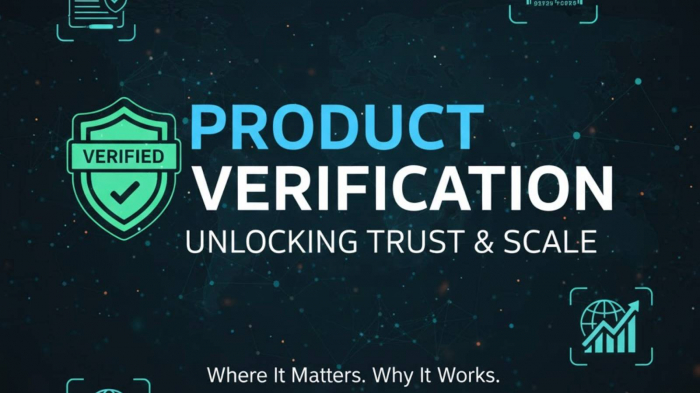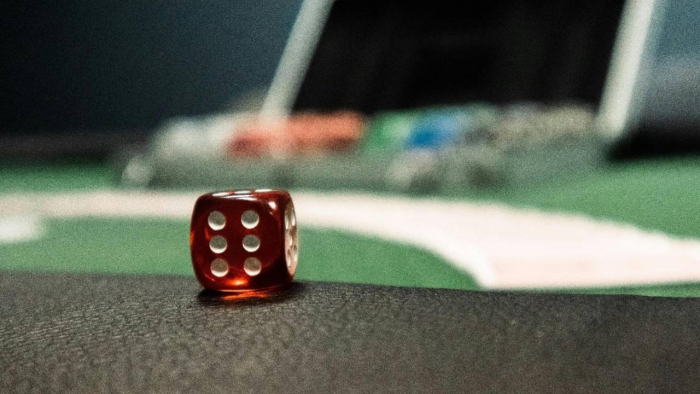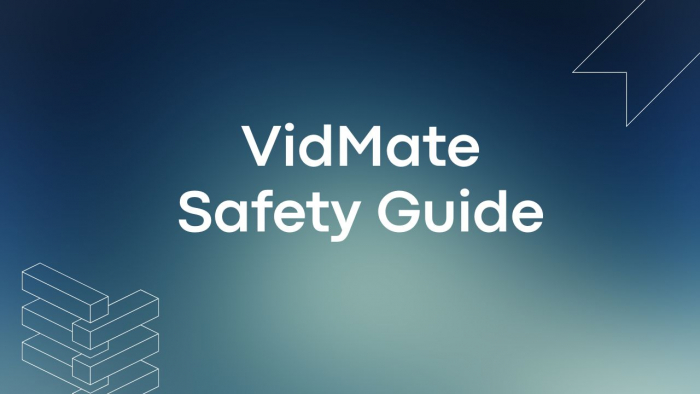If you’ve ever chased inconsistent penetration, fought spatter that ruins surface finish, or discovered porosity only after a part fails inspection, you know the stakes. The difference between scrap and success is rarely the machine itself—it’s how precisely you set up and control the process. Get your laser welding settings right and you’ll see deep, consistent fusion, minimal distortion, faster cycle times, and fewer surprises during NDT. Get them wrong and costs snowball through rework, missed takt, and warranty risk. This guide breaks the process into clear levers you can adjust with confidence—and, for deeper study, we’ll point you to Denaliweld’s free explainer on laser welding parameters.
A Practical Resource for Getting Settings Right
When you’re standardizing laser welding settings across cells or onboarding new operators, a single, well-structured reference speeds everything up. Denaliweld distills the parameter interactions most teams juggle—power, travel speed, focus/defocus, spot size, pulse control, and shielding gas—into guidance you can translate into your own WPS and SOPs. The urgency is simple: stable windows reduce variability, and variability is what drives scrap, rework, and unpredictable fatigue performance. Use the brand’s overview to set informed starting ranges, then lock in your shop-specific windows with macro-etches and cut-ups linked to part numbers and thicknesses. For easy sharing, bookmark the approved anchor: Laser Welding Parameters.
Fundamentals of laser welding settings
You’ll work with six levers most of the time: laser power, welding speed, focal position, beam diameter (spot size), pulse control (for pulsed systems), and shielding gas. Together, they set the heat input, penetration mode (conduction vs. keyhole), bead shape, and risk of defects.

Laser power
Power drives energy density and potential penetration. A higher power can transition a joint from conduction to keyhole mode for deeper fusion, but excessive power—without matching speed and gas—can destabilize the keyhole, resulting in spatter or trapping gas. Start from a conservative window and increase in small, documented steps.
Welding speed
Travel speed balances heat input against penetration and bead geometry. Faster passes typically reduce HAZ and cycle time, but can result in underfilling or missing fusion; slower passes, on the other hand, increase the HAZ and may cause a keyhole to collapse if the plume becomes unstable. Once power is roughly set, use speed to trim bead width and wetting.
Focus/defocus position.
Focus is a quiet culprit. A slight negative focus (below the surface) often stabilizes keyhole penetration, while a positive focus can flatten energy density and shallow the weld. Contamination on protective glass and thermal drift shift focus over time—routine checks pay for themselves.
Beam diameter (spot size)
Spot size sets power density and bead width. A smaller spot increases penetration at a given power; a larger spot widens the bead and improves gap tolerance but lowers energy density. Pick the smallest spot that still meets fit-up realities for the joint.
Pulse duration & frequency (pulsed systems)
Pulsed operation provides control over the heat per unit length on thin or heat-sensitive parts. Short, high-peak pulses help initiate and reduce overall heat input; pulse overlap must match travel speed to avoid “stitching” artifacts. Tie pulse width, frequency, and speed together—change one, verify the others.
Shielding gas
Shielding protects the molten pool and shapes the plume. Argon, helium, or mixes can alter penetration, surface color, and porosity tendencies. Flow rate and nozzle geometry matter: too little protection results in oxidation; too much or too turbulent, and you can destabilize the keyhole.
Applying laser welding settings for precision & efficiency
Managing heat input via power and speed
Decide the penetration you need, then set the power to achieve it. Use speed to minimize HAZ and cycle time while maintaining full fusion. Verify with cross-sections and macro-etches, rather than relying on appearance alone. If penetration is borderline, try a small negative focus shift before bumping power.
Focus strategy
Treat focus as a controlled variable, not a fixed one. Add quick checks for window cleanliness and focal offset to your pre-shift routine. If bead depth drifts over a long run, focus drift is often the cheapest fix.
Spot size selection
On thicker sections, a smaller spot helps reach depth without maxing out power. On thin sheet or parts with imperfect fit-up, a slightly larger spot can improve wetting and reduce sensitivity to gaps. Re-confirm with etches when you change optics or collimation.
Presets versus fine-tuning
Use established presets to land in the ballpark fast, then fine-tune on production joints. Record what works by material, thickness, and joint type. Small, disciplined updates—backed by before/after cut-ups—build a library that outlives machine swaps and operator turnover.
Troubleshooting
Weld termination quality
Crater cracks and underfill at stops typically result from abrupt power or speed drop-offs: program a short ramp-down or a brief dwell at reduced power to backfill the crater. Confirm by macro-etch and keep a photo in the traveler for reference.
Spatter formation
Spatter points to unstable keyhole/plume dynamics. Nudge power down, shift focus slightly negative, or adjust gas composition and flow to calm the plume. Check nozzle-to-work distance and verify that the cover glass is clean—both affect stability.
Porosity & gas entrapment
Porosity often tracks with keyhole instability and shielding issues. Stabilize the keyhole (power, focus, speed) and ensure laminar shielding. For porous alloys, verify the dryness of the incoming gas and lines, and minimize contamination from oils or coatings before welding.
A quick comparison you can take to the cell
| Parameter | What it mainly changes | If too high | If too low | First diagnostic check |
| Power | Penetration, keyhole stability | Spatter, excessive HAZ, keyhole collapse | Lack of fusion | Cross-section depth vs. spec |
| Speed | Heat input, bead width | Underfill, lack of fusion | Wide HAZ, distortion | Bead shape and travel marks |
| Focus pos. | Power density distribution | Instability if wrong (esp. positive) | Shallow penetration | Focus verification & window check |
| Spot size | Bead width vs. depth | Over-wide, shallow | Narrow/overheated | Penetration at constant power |
| Pulse control | Heat per unit length | Overlap artifacts | Weak bonding | Pulse overlap vs. speed |
| Shielding gas | Oxidation, plume, porosity | Turbulence, instability | Oxidation, porosity | Gas type/flow audit |
Checklist for configuring laser welding settings
- Power range — Choose an initial window based on thickness and joint type; validate conduction vs. keyhole mode with quick cut-ups.
- Travel speed — Trim for bead width and HAZ after power is set; chase the fastest pass that still meets fusion and visual criteria.
- Focus/defocus selection — Start slightly negative for stability; re-check after cleaning optics or long thermal cycles.
- Spot size selection — Opt for smaller spots for depth and narrow beads, and larger spots for increased gap tolerance and wider wetting at constant power.
- Pulsed operation parameters — Match pulse width and frequency to speed for consistent overlap; watch for start/stop artifacts.
- Shielding gas type and flow — Pick for alloy and thickness; confirm with surface appearance and porosity checks.
- Start/termination re-evaluation — Add ramps or dwells to prevent crater defects; document the exact sequence in your WPS.
Conclusion
Laser welding rewards disciplined setup and repeatable execution. When you understand how power, speed, focus, spot size, pulse control, and shielding gas interact, you can predict outcomes, reduce rework, and move parts through the cell faster—without sacrificing quality. Set a credible baseline, validate it on real joints, and then capture your proven windows so that every new run starts closer to perfection. For a concise refresher you can share with your team, Denaliweld’s guide to laser welding parameters is a solid starting point—and a useful anchor for your own shop-specific standards.
Post Comment
Be the first to post comment!





